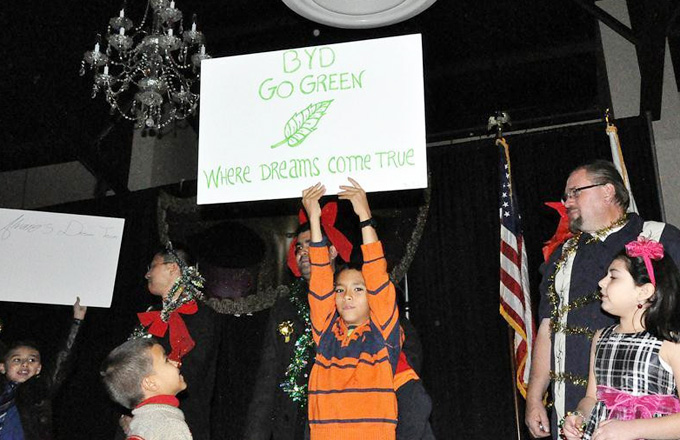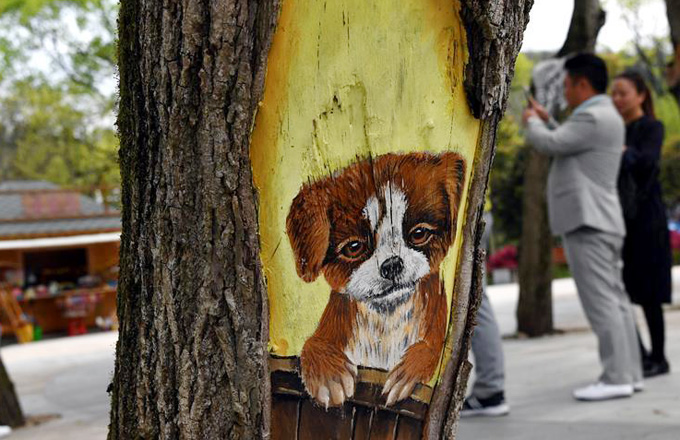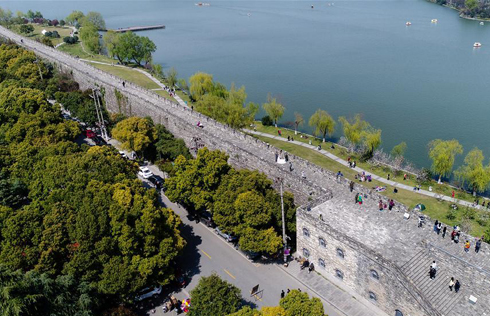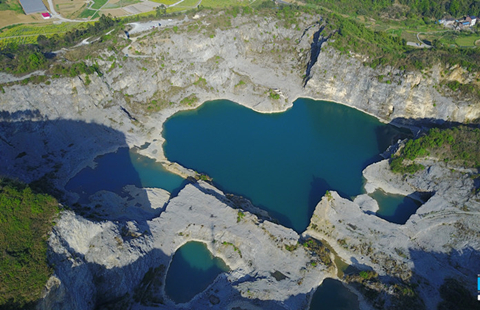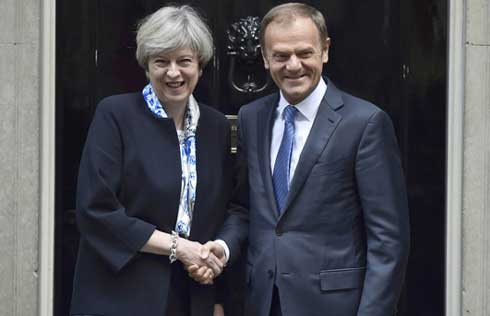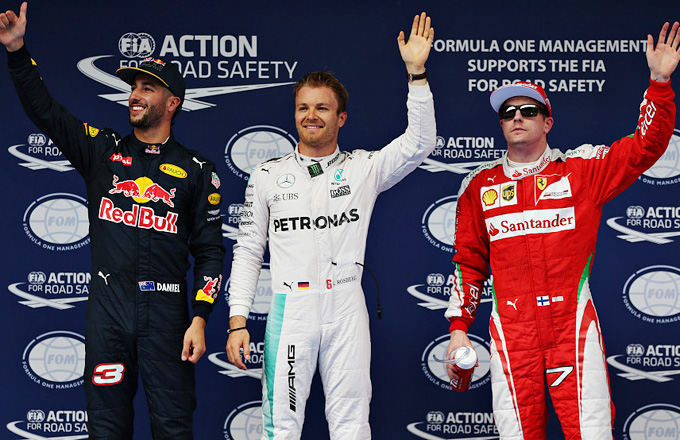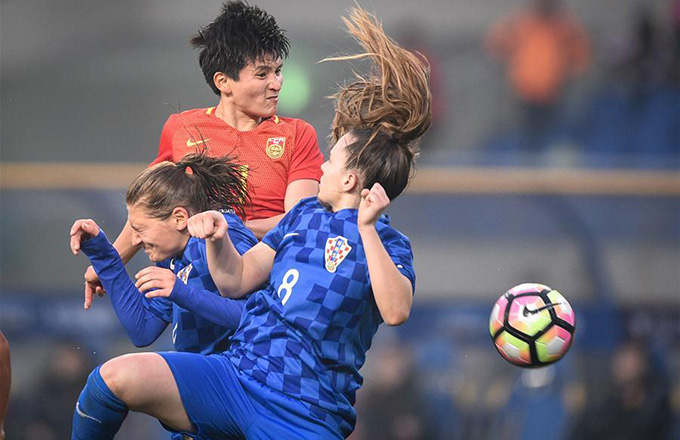 Sat, Jan 11, 2025
Sat, Jan 11, 2025

Underdeveloped settlements surrounding the Wenchuan quake's epicenter have been rebuilt to resemble areas in advanced countries.
Ding Yishu and her husband Ma Dechang are doing some light reading on a sunny morning in a small wooden pavilion that sits on the southern bank of the Minjiang River, which through Wenchuan county in mountainous western Sichuan province.
 |
|
An overview at the valley where Yingxiu town sits on May 28, 2009 shows extensive damage by the earthquake. [HUANG YIMING / CHINA DAILY] |
"The county's township has had a total facelift," says Ding, 78, a retired teacher of Wenchuan county in the Tibetan and Qiang autonomous prefecture of Aba.
"And that change has made life easier for us old people."
The couple live in a two-bedroom apartment in a new residential area of the town, and with dozens of fellow Muslims can attend Friday prayers in a newly built mosque.
Pointing to the steep green mountain on the other side of the torrential river, Ding says she has seen European towns on TV, and her hometown is no different to them.
"We are living a healthy and routine retired life."
Getting from Wenchuan to Chengdu, the provincial capital, used to entail a tortuous journey of half a day through mountainous terrain, but now the trip takes just an hour on a newly built highway.
In addition to that much easier access to the outside world and a scenic riverside road in the county's township, schools, hospitals and residential buildings have been meticulously planned and built.
None of the 13 townships in the county, which was at the epicenter of the earthquake, escaped the devastation that it wrought.
Later, 13 cities of China's wealthiest province, Guangdong, were designated to help the 13 Wenchuan towns to rebuild.
The province has allocated 11.2 billion yuan ($1.72 billion) for 702 reconstruction projects in Wenchuan, and thousands of builders from Guangdong have been involved in the reconstruction effort for Wenchuan's 100,000 people.
"Reconstruction has left us with legacies that will help locals become even richer," says Li Daijun, an official with the county's legislative body.
Towns near the epicenter such as Yingxiu, Shuimo, Shanjiang have become tourist attractions and have even been given AAAA ratings because of the reconstruction effort, Li says.
Shuimo is a 20-minute ride away on the mountainous road from Yingxiu, which was at the epicenter. Ninety-two people died in Shuimo, and its infrastructure was destroyed.
As planning was made for its reconstruction, Peking University and Foshan city in Guangdong decided that it should be turned into an environmentally friendly tourist drawcard.
That has entailed embracing concepts of low-carbon emissions, and two years ago at the Sixth Global Forum on Human Settlements in New York, the work was honored as the world's best implementation of post-disaster reconstruction.
In the tiny town, there are tile-roofed wooden buildings of the Qiang ethnic group, and stores selling Qiang-style handicrafts are arranged along snaking stone alleys. Yuan Shunyan, 40, sells embroidery and local specialties in a 36-square-metere shop in the town.
 |
|
Wenchuan county is restored at its original location. [CUI MENG / CHINA DAILY] |
"Business is not bad because the town has become well known," says Yuan, who moved to the town from a nearby village two years ago.
The benefits of post-quake recovery and reconstruction are not restricted to towns.
Zhang Fagui heads Qishan village of Shanjiang town, a habitation protection zone for pandas. Nearly all the village's houses, most of them in a poor state of repair when the quake struck, and most inhabited by Tibetans, were flattened.
One of the Tibetans, a man surnamed Zhang, says that with government grants and interest-free loans, 96 families have been able to rebuild in the village, which is about 2,000 meters above sea level.
To protect the environment, villagers have been required to stop farming and plant trees.
"After reconstruction, we have urgently needed to find ways to increase income," Zhang says, adding that agricultural subsidies are not enough.
With the help of Hong Kong Oxfam, 40 households in Zhang's village have started frog-farming and plan to expand the planting of traditional Chinese medicine plants.
"All of that means more income and reducing our dependency on natural resources," Zhang says. That is helping to improve pandas' habitat, too, he says.

